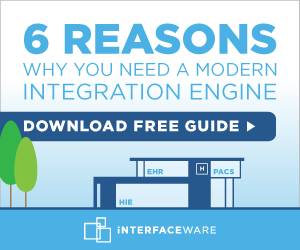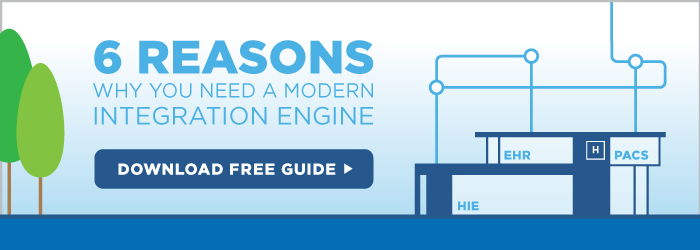I’ve been noticing more and more Health Information Exchange (HIE) “success” stories hitting my inbox lately. Headlines such as “HIE To See Participation Boost With New Providers” and “Data analytics helps Maine HIE take next steps” are becoming nearly as common as people bashing Meaningful Use. Well, maybe not that frequent.
Now, admittedly I’m a pretty skeptical guy. So, the question that comes to my mind is: Are these stories an actual indication that HIEs are “turning the corner” or are they merely a result of concentrated PR campaigns?
So, when I read the agenda of breakout sessions at the South Florida Hospital & Healthcare Association‘s (SFHHA) Annual Summit (which took place on June 4-5), one session caught my eye: Health Information Exchange: Fact or Fantasy.
Off to the sunshine state
The session, while obviously focused on Florida, provided a lot of information that applies across the United States.
I learned about the different types of HIE architectures (centralized, federated and hybrid), the ONC Cooperative Agreement Program, and the key forms of health information exchange (directed exchange, query-based exchange and consumer-mediated exchange).
Don’t get me wrong, it was informative and interesting but I wanted to know about the results. To me, this is what the whole fact or fantasy debate comes down to. There’s no doubt that there are active HIEs but are they delivering on their promise?
Thankfully, the session did spend some time covering case studies of HIEs and Integrated Delivery Networks (IDNs) that demonstrated lower readmissions, reduced medication errors and decreased duplicate testing. In these highlighted cases, there are some serious cost savings going on. So, why aren’t more providers participating then?
Bring down the barriers
It all comes down to participation. There are really two major participants at play here: the provider and the patient.
The Provider:
There are a number of barriers to provider participation. There was talk about inadequate policy, security considerations, technical difficulty (lack of standards) and sustainability barriers.
However, my impression was that while the above barriers do exist, none of them are the number one barrier to provider participation. It’s pretty simple really: competitors don’t want to share information with each other. Granted, the shift away from the fee-for-service payment model to value-based reimbursements should help significantly in this area but today this appears to remain the reality.
The Patient
Patient consent (or more accurately, the lack of consent) is a major hurdle for HIEs. I’ve even read about some HIEs changing to an opt-out policy rather than explicitly receiving consent to deal with the lack of patient consent.
Privacy and security protections are of obvious important to the patient and likely the leading cause of lack of consent. However, the patient’s perception of the value of HIEs shouldn’t be overlooked. If patients aren’t convinced that HIEs can/will deliver on the promised outcomes, what’s the incentive to participate?
So, is it fact or fantasy?
Like most people, I have more questions than answers on the topic of HIEs.
I believe that some sort of carrot and stick approach will likely be required to help “convince” more competing providers to participate. I also believe that more needs to be done to promote the real and tangible successes that do exist. Educating the patient on the value that HIEs can bring to a healthcare system as a whole could go a long way in increasing their consent.
I’m most interested to read what you think about this topic. What needs to be done to increase both provider and patient participation? What side of the fence do you sit on? Fact or fantasy?
For now, I’m somewhere in the muddled middle.

